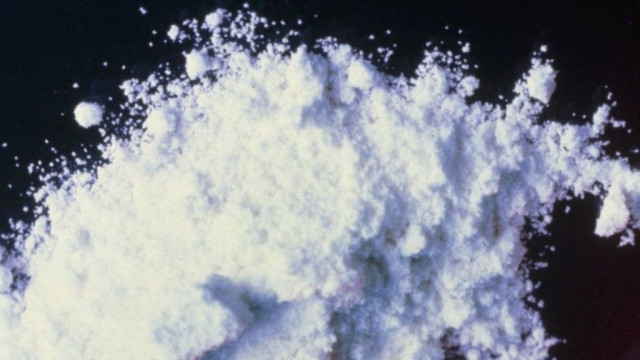Potential cocaine production in Colombia increases by 5.9%
Colombia is the world's biggest producer of cocaine, accounting for around 70 per cent of global supply

PHOTO: FILE
The capacity for cocaine production in 2018 was 1,120 tons, compared to 1,058 the previous year, the UN Office on Crime and Drugs (UNODC) said.
On Friday, the UN had said the plantations of coca leaf, the primary ingredient in cocaine, had dropped by 1.2 per cent from 171,000 hectares in 2017 to 169,000 last year.
Among the main reasons for the increase in potential cocaine production was the majority of coca leaf plantations being at an age of increased productivity, improved agricultural management techniques and regeneration of existing shrubs that produced more leaves.
Capital’s IGP warns of ‘other’ drug used by students
The existence of "so much territory without intervention means that productivity is growing," said Leonardo Correa, coordinator of the UNODC's Integrated Illicit Crops Monitoring System.
Each hectare "can produce 5.7 tons of coca" leaf a year, he added.
Selling cocaine is also becoming more lucrative as its price rises, from 4.4 million pesos ($1,300) per kilogram in 2017 to 4.9 million pesos last year.
However, crop growers, often poor rural peasants, aren't benefiting as the greater amounts of money in circulation are concentrated in the hands of drug traffickers.
Colombia is the world's biggest producer of cocaine, accounting for around 70 per cent of global supply, much of which is destined for the United States market.



















COMMENTS
Comments are moderated and generally will be posted if they are on-topic and not abusive.
For more information, please see our Comments FAQ